As aroid collectors, we know the importance of providing optimal conditions for our beloved plants. In our journey as plant parents, one factor that can significantly impact the health of our aroids is the potting medium we choose. In the mysterious world below the soil surface, our plants' roots grow, breathe, and absorb nutrients essential for their survival. Today, let's unravel this hidden universe as we explore potting mediums, from the most common to the least common, and understand what works best for our aroids.
1. Soil: Beginning with the basics, the standard indoor potting soil often serves as the primary medium for most houseplants. The typical potting soil is a well-balanced blend of components like peat moss, pine bark, and either perlite or vermiculite. It offers an ideal space for aroids' roots to grow and spread, holds onto necessary water and nutrients, and physically supports the plant. While aroids can thrive in this, they often appreciate a more aerated mix for their epiphytic roots, which brings us to the other components.
2. Peat Moss: Peat moss, decomposed organic material extracted from peat bogs, is prized for its ability to soak up water and gradually release it to the roots. This makes it a crucial component in potting soil to enhance water retention, and it also lightens the soil's texture. However, it's important to balance it with other materials for aroids since their roots require plenty of air circulation to avoid rot.
3. Perlite: The popcorn of the mineral world, perlite is created by heating volcanic glass until it expands into lightweight, porous white particles. Added to potting soil mixes, it enhances drainage and aeration by creating spaces for water and air movement, making it a valuable addition to aroid mixes.
4. Vermiculite: Similar to perlite, vermiculite is a heat-expanded mineral, but it's more focused on water. Lightweight vermiculite particles can hold a significant amount of water, making them a popular choice in seed-starting mixes or potting soils where they enhance moisture and nutrient retention. For aroids, which generally like their soil to dry a bit between waterings, using vermiculite should be balanced with other, more aerating components.
5. Bark: Aroids, many of which are epiphytes in their native habitats, often appreciate a potting mix that resembles their natural growing conditions. Bark, especially pine or fir bark, provides excellent drainage and aeration and is commonly used in orchid potting mixes. It also allows roots to latch onto the bark pieces, mimicking the experience of growing on a tree.
6. Coco Coir: The coconut industry's byproduct, coco coir, made from the husk of the coconut, is a sustainable alternative to peat moss. It possesses excellent water-holding capacity, good aeration, and is generally pH neutral. Coco coir provides a suitable medium for aroids when mixed with other materials that promote drainage and airflow to the roots.
7. Sphagnum Moss: Sphagnum moss, another bog inhabitant, is often used for soil conditioning or on its own for certain types of plants. It's excellent at retaining moisture yet also promotes good aeration, an essential balance for keeping aroids happy. Sphagnum moss can be used as a top dressing for potted aroids to maintain moisture and can also be mixed into the potting medium to increase water retention and aeration.
8. Coco Chips: Coco chips, larger chunks of coconut husk, strike a balance between retaining some moisture and providing excellent aeration and drainage. They are particularly popular for orchids and other epiphytes that need plenty of air at their roots, making them a suitable addition to an aroid mix.
9. LECA (Lightweight Expanded Clay Aggregate): LECA provides a unique alternative for those willing to venture into semi-hydroponics. Produced by heating clay until it expands, these lightweight, porous pellets retain water while also providing excellent aeration for roots. LECA can be sterilized and reused, making it a sustainable choice for aroid enthusiasts seeking new growing methods.
10. Lechuza Pon: Lechuza Pon, a specialized soil substitute designed for Lechuza self-watering planters, offers a mix of pumice, zeolites, and lava. These components provide excellent drainage, nutrient storage, and aeration, ensuring that the roots of your aroids can breathe easily and won't become waterlogged. Plus, it slowly releases nutrients to the plant over time, reducing the need for frequent fertilization.
As we journey into the world of aroids, the discovery of the perfect potting medium becomes a quest. Whether we choose one of these mediums or blend them to create a custom mix, the best choice always depends on our plant's specific needs, our watering habits, and the environmental conditions in our home. For those that just want a mix that works out of the bag, we sell our RPF mix here. Always remember, the key to a flourishing aroid collection lies not just in the leaves' verdant beauty but in the hidden, thriving world of the roots. Happy planting!


